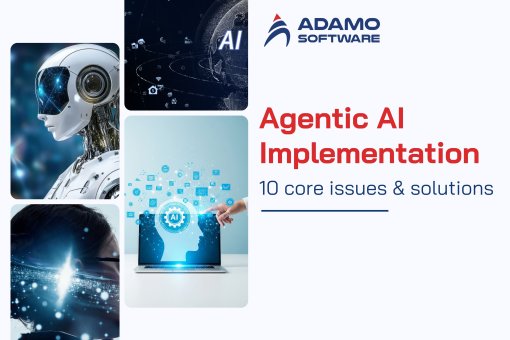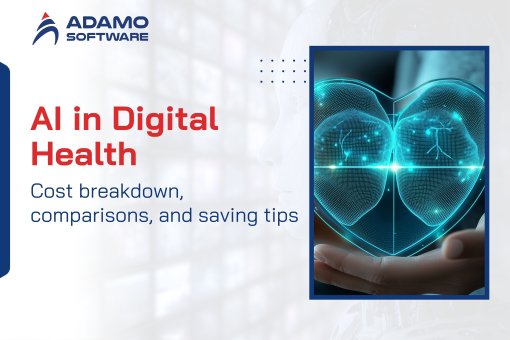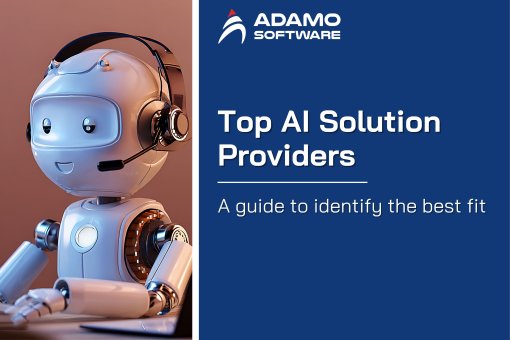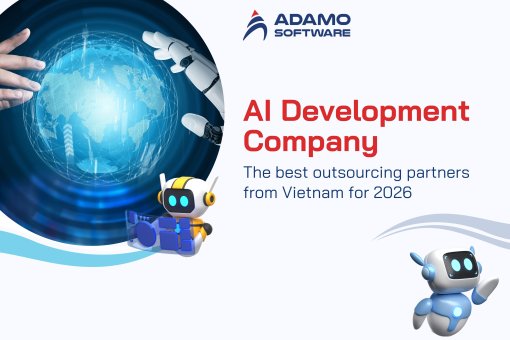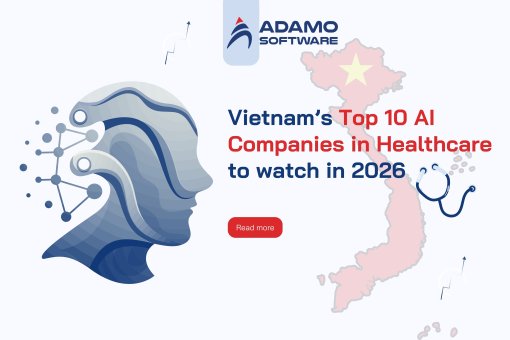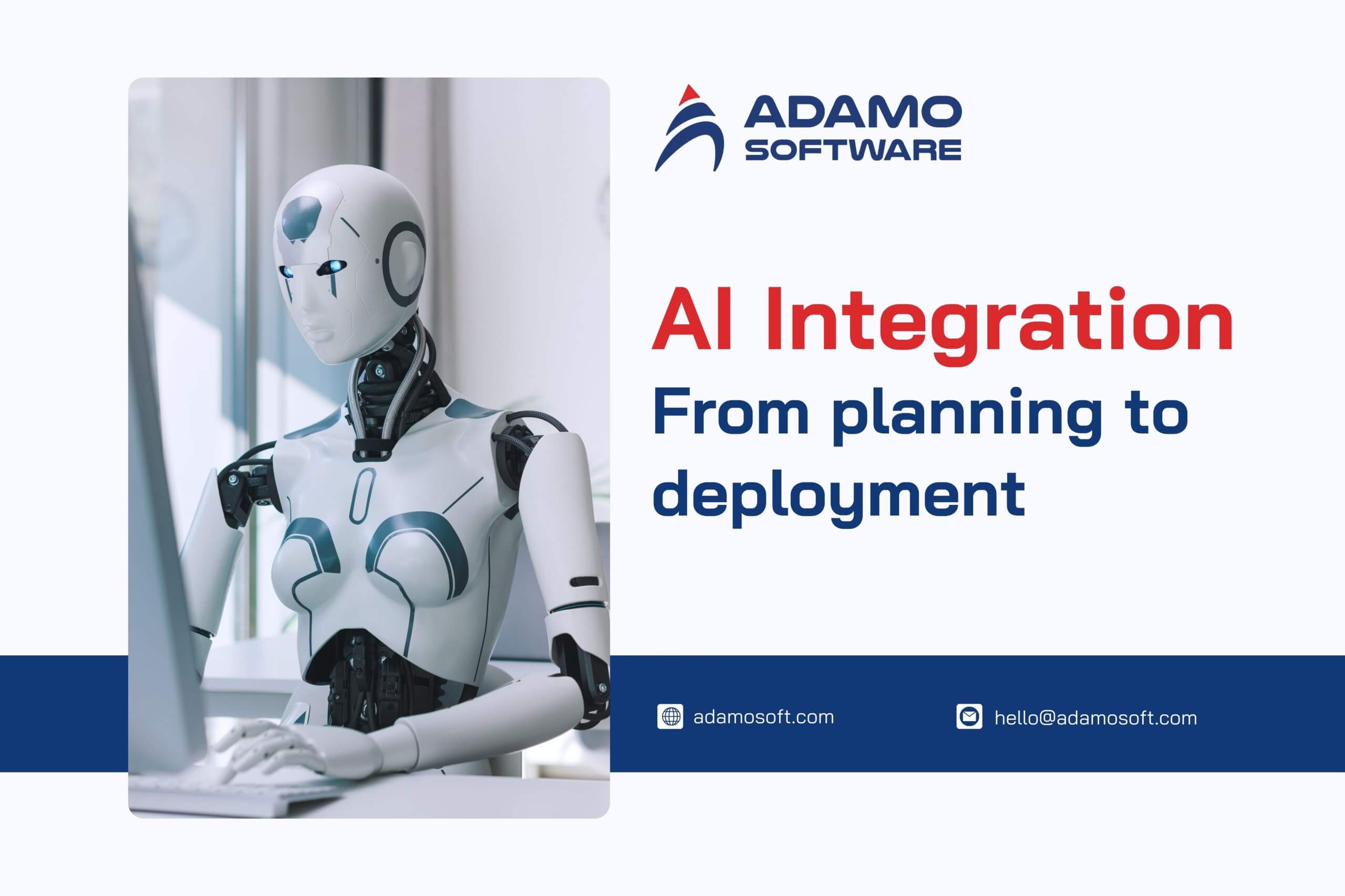
Explore AI integration in mobile apps: benefits, real costs, challenges, and step-by-step strategies for successful adoption.
AI integration is no longer a distant idea. It has become a must-have for any business aiming to remain competitive in 2025 and beyond. AI can be integrated into apps and workflows to unlock automation, improve decision-making, and provide more personal user experiences.
This guide takes you through all you need about AI integration, including its definition, real-world costs, and challenges. Specifically, what we will cover includes:
- What is AI integration?
- Why businesses need AI integration in this modern era
- Why should you add AI features to an app that’s already built?
- Different approaches to weaving AI into your current application
- Cost breakdown of AI integration in mobile app development
- Challenges in AI integration and how to solve them
Using this roadmap, you will have a clear idea of how AI integration can revolutionize your business and what is required to do this properly.
I. What is AI integration?
AI integration integrates artificial intelligence with your current systems and processes to automate tasks, enhance decision-making, and extend your business operations.
It can be considered intelligent functionality for the tools you already use. Rather than turning to ChatGPT each time, AI integration can automate workflows to resolve customer tickets and summarize issues. It can also recognize urgency and assign it to the appropriate teams before a human gets involved.
AI integration in content management makes editorial work quicker and smarter. It can create SEO briefs, make structured outlines, or repurpose blog posts into LinkedIn updates inside apps such as Google Docs or Notion.
II. Why businesses need AI integration in this modern era
AI integration has become necessary for companies undergoing digital transformation, rising customer expectations, and competition. By 2025, it is all about speed and scale.
AI has become a competitive norm. Back in 2021, McKinsey noted that nearly four out of five businesses had AI running in at least one part of their operations. This is a huge jump because in 2017, this figure was only at only 20 percent. Such a move creates new agility and personalization expectations.
Companies also use AI integration to make decisions quickly. Companies like Deloitte employ AI simulations and modeling to make better decisions and maximize ROI.
Additionally, the expectations of customers continue to climb. People want instant, situational, and customised experiences. AI integration assists companies in surpassing these expectations, increasing loyalty, and boosting growth.
Another reason is that automation with the use of AI enhances scalability. It allows businesses to streamline their operations and grow without increasing operational expenses.
Finally, the employees are redesigned with the implementation of AI. Providing reskilling and adaptation enables employees to innovate and allows businesses to stay competitive in a rapidly changing market.
III. What are the benefits of integrating AI into existing apps?
AI integration is changing how businesses are run. To put it another way, most companies were already using AI somewhere in their workflows. At the same time, 21% of workers in AI-empowered organizations report that generative AI has already transformed their processes.
This does not apply only to large enterprises. Smaller companies and startups also benefit from integrating AI into their apps. Innovative modules enhance user experience, reduce costs, and make it scalable.
The primary advantages of AI incorporation in applications are the following:
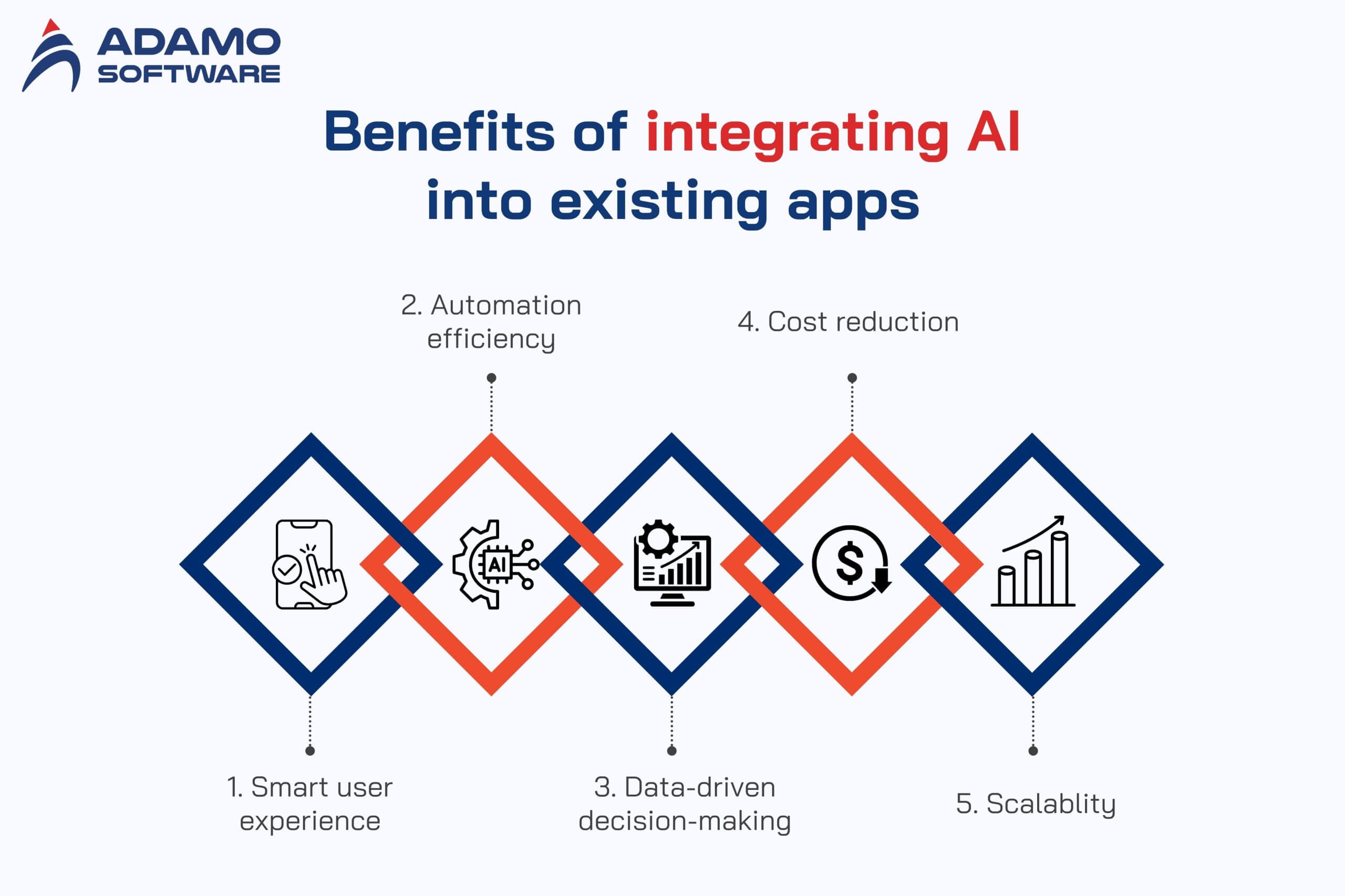
- Smart user experience
- Automation efficiency
- Data-driven decision-making
- Cost reduction
- Scalability
1. Smart User Experience
AI integration allows the apps to know more about the users based on real-time behavior. AI personalizes each interaction as opposed to generic interfaces. Individualized product suggestions, fluid layouts, and responsive designs all provide seamless and human experiences. This personalization creates deeper engagement so that users will be more willing to remain loyal to your product.
2. More Efficiency with Automation
With AI integration, you no longer have routine tasks that slow your team. Apps can automatically respond to support requests, offer personalized content recommendations, or summarize a lengthy document. AI streamlines the work processes and minimizes the possibility of mistakes due to lessening manual labor. Teams save a lot of time, which enables them to concentrate on creative and strategic work that advances businesses.
3. Data-driven Decision-Making
New applications produce large volumes of data, and the integration of AI makes it worthwhile knowledge. Rather than being overwhelmed with data, businesses can discern significant trends, patterns, and customer behavior. Such insights can be used to make informed decisions, including editing the features, experimenting with new things, or enhancing strategies. AI-driven insights give organizations the push to make faster moves while feeling surer about their decisions.
4. Reduces Costs
Manual work is time- and money-wasting. AI integration minimizes this burden because resources are allocated automatically, predictive maintenance is possible, and even energy optimization can be automated. AI allows the reduction of excessive expenses without reducing quality. The outcome is a reduced number of delays, streamlined performance, and a reduced requirement of constant human supervision, keeping costs down and processes efficient.
5. Scalability
One of the best advantages of AI integration is scalability. With increasing users, self-learning systems do not have to be constantly reworked. The apps are efficient when serving 10,000 or 1,000 users.
In the long run, AI keeps getting better and better. Hence, it will make sure that your product grows in size and delivers the same results every time while remaining reliable throughout the development process.
IV. How to integrate AI into your existing app
It can be scary to integrate AI into an existing application. Businesses fear interference with systems, users, and processes. The reality? When approached correctly, AI can be introduced without hiccups, become scalable, and highly effective.
The following is a step-by-step guide to the successful integration of AI into an app:
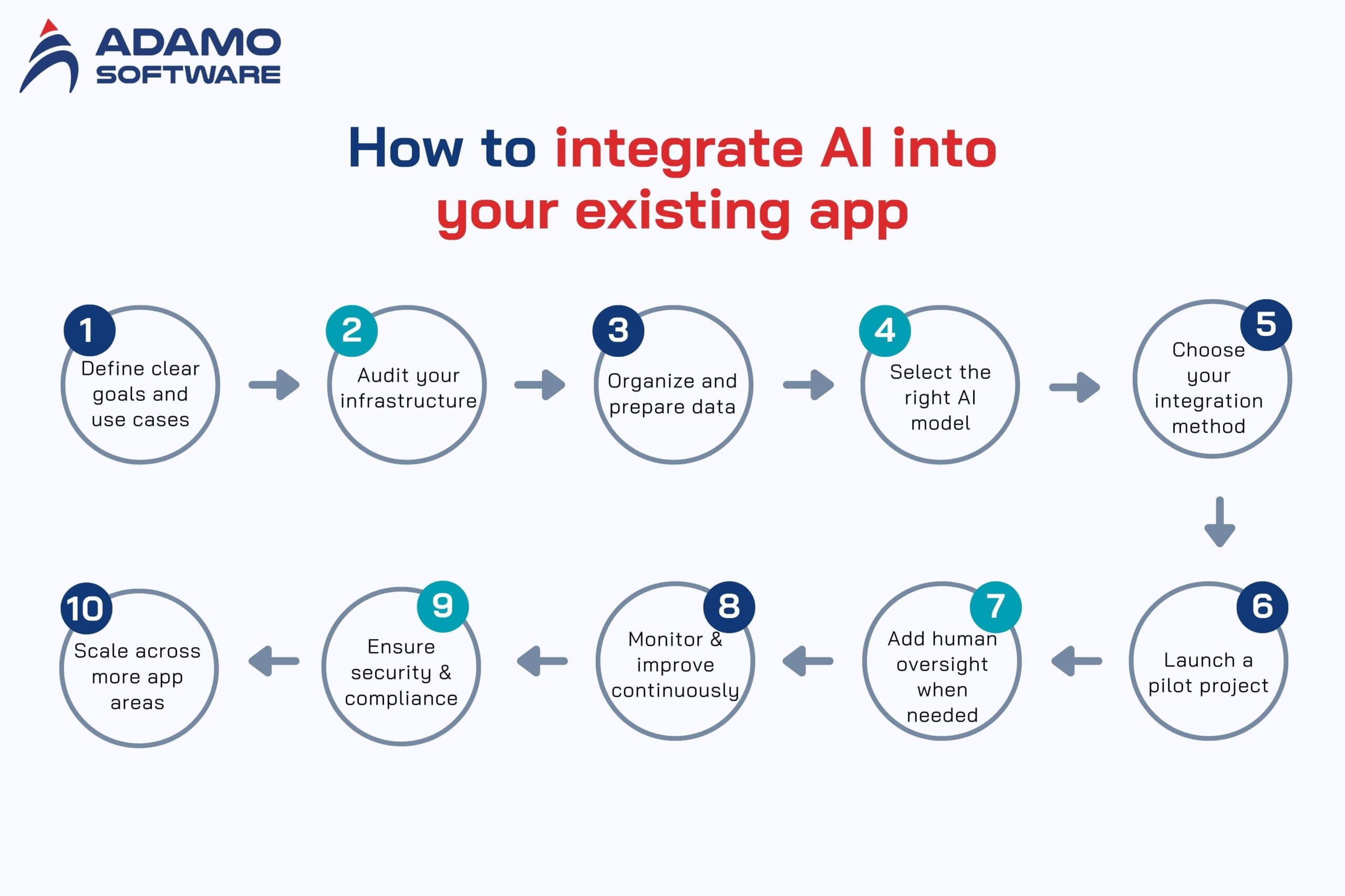
- Step 1: Define clear goals and use cases
- Step 2: Audit your infrastructure
- Step 3: Organize and prepare data
- Step 4: Select the right AI model
- Step 5: Choose your integration method
- Step 6: Launch a pilot project
- Step 7: Add human oversight when needed
- Step 8: Monitor and improve continuously
- Step 9: Ensure security and compliance
- Step 10: Scale across more app areas
1. Define clear goals and use cases
Before you begin to integrate AI, make sure you know clearly why you need it. Do you want to personalize user experiences, automate repetitive processes, better detect fraud, or support? Identify one or two areas that have a high impact. Small iterations allow fast validation, risk reduction, and demonstration of business value before scaling up.
2. Audit your infrastructure
High infrastructure is required for AI integration. Check whether your backend is capable of AI processing, whether your data is organized, and whether your system is modular. Find out about potential blockers, such as old APIs or poor data quality. The audit helps to have a clear picture of your system, which becomes ready to be implemented as far as AI is concerned.
3. Organize and prepare data
Implementation of IA either succeeds or fails in terms of data quality. Determine the sources, i.e., customer behavior, transaction, or feedback. Correctly name this data, and clean it up, dropping duplicates or errors. Make sure that you are compliant with privacy regulations like GDPR. Inevitably, flawed data will result in flawed AI output; therefore, this step is one of the most crucial ones.
4. Select the right AI model
Various issues need various AI solutions. Machine learning forecasts and suggests, NLP is used to drive chatbots and assistants, computer vision is used to process images, and generative AI generates content. Work with experts to choose or train the most suitable model. Aligning the model with your needs makes AI integration effective and purpose-driven.
5. Choose your integration method
Businesses usually select between in-house models and APIs. Custom-built models are suitable for companies that have good teams and unique data. To adopt more quickly, they can use pre-trained APIs such as Google Cloud AI, Microsoft Azure, or OpenAI. External solutions make the process of integrating AI faster and less disruptive.
6. Launch a pilot project
Do not roll out AI integration in your entire app at once. A better approach is to start small by testing AI in a workflow that isn’t mission-critical. Limit the number of users to test speed and accuracy and give feedback. This approach minimizes risks, simplifies the system, and builds confidence before scaling.
7. Add human oversight when needed
AI integration must be subject to human control in highly sensitive regions such as fraud detection, authorization, or customer support. Human-in-the-loop systems also confirm forecasts, detect anomalies, and manage exceptions. This procedure will establish trust, reliability, and avoid significant mistakes. As the performance of AI increases, one can start to eliminate manual intervention by reducing it over time without compromising accuracy.
8. Monitor and improve continuously
AI adoption isn’t a one-time setup. You’ll need ongoing adjustments and oversight. Models must be reviewed regarding drifts, retrained with fresh information, and aligned to business KPIs. Get feedback from users and internal teams. This helps your AI develop with customer needs and stay at the top of the game in a dynamic market.
9. Ensure security and compliance
Integration brings about a new level of complexity. Secure sensitive information by encrypting data pipelines, monitoring usage of reports, and following the practices of AI. Trust, compliance, and security must be maintained with your innovation to protect your business and user relations. Also, don’t forget to keep up with the foreign AI laws.
10. Scale across more app areas
When it is successful, AI integration into other app parts will be increased in stages. Examples are using AI to power onboarding, predictive analytics dashboards, intelligent notifications, or generating knowledge bases. Phase scale-ups reduce the risk factor, make the adoption process smoother, and maximize the impact. Such an approach makes your app more intelligent and powerful over time.
V. Cost breakdown of AI integration in mobile app development
1. Cost breakdown
AI enhances the app’s functionality, engagement, and business value; however, it introduces special costs. To simplify the planning of your budget, here is a simplified breakdown of common costs:
- Business Planning and Use Case Discovery ($2,000 – $10,000): Includes targeting goals, user experience, and AI applications such as personalization or fraud detection. Most of the spending typically goes into market studies, competitor analysis, and hiring consultants.
- Collection and Preparation of Data ($5,000 -$30,000+): AI needs precise, structured data. Costs include collecting, tagging, and categorizing data and ensuring it does not violate the law, including GDPR or HIPAA.
- Model Development or Integration ($1,000 – $100,000+): Lower-end solutions are pre-trained APIs like OpenAI or Google. Custom models specific to particular needs are more expensive but more accurate and unique.
- App Architecture and Infrastructure Upgrades ($5,000 -$50,000+): Typically required with cloud migration, real-time pipelines, and enhanced security. Legacy applications can demand more investments to facilitate AI processing.
- Frontend and UX Integration ($3,000 -$20,000+): This covers embedding AI features directly into the app’s user interface. The experience will be designed to be user-friendly, whether intelligent search or chatbots, ensuring compatibility with all devices.
- Testing and Quality Assurance ($2,000 -$10,000+): This is not restricted to performance checks. It also incorporates bias detection, explainability, and real-world user testing to be fair and gain user trust.
- Ongoing Maintenance and Retraining ($1,000-$10,000/month): AI models must be continuously updated, retrained on new data, and monitored in terms of performance. There are also costs associated with bug fixes and feature enhancements.
- Licensing, API Fees, and Subscriptions ($500-$5,000/month): Most third-party AI providers charge on a per-use basis. Fees would vary depending on the number of requests, additional features, and user bases.
Ready to Outsource?
Get top-tier IT talent without the hassle. Contact us now!
2. Total cost
The price tag for adding AI depends on how big and complex the project is. The price of basic AI can vary between 15,000 and 35,000 dollars, and it includes such tools as chatbots or recommendations.
Medium-level integration of AI is between $35,000 and $75,000, which allows a deeper level of personalization, more intelligent automation, and sophisticated analytics.
In the case of highly personalized solutions, the price of AI integration can reach up to 75,000 – 150,000+ dollars. This is due to the customized models and big data processing.
Although integration of AI is not a cheap option, it is becoming necessary to adopt. Try starting small, validating ROI, and scaling up gradually to maximize value without overloading resources.
VI. Challenges in AI integration and how to solve them
AI integration is very beneficial, but it also has challenges in the real world. Businesses can find data, infrastructure, skills, compliance, and adoption challenges. The positive news? Every challenge can be dealt with by having the right strategies.
These are the most well-known barriers to AI integration and how to overcome them:
- Disordered data
- Legacy system problems
- Lack of skills and knowledge
- Compliance and ethics
- Resistance to adoption
1. Disorganized Data
The quality of data is required to integrate AI. AI systems cannot operate successfully when data is fragmented, incomplete, or poorly organized. The businesses must initiate a thorough audit to chart out data sources and flows. Investments in cleaning, standardization, and governance are the key to long-term accuracy and reliability as data volumes increase.
2. The integration with old systems
Older systems often lack the adaptability needed to support AI. Obsolete architecture is a threat and slows adoption. The gaps may be bridged without any disruption by using APIs and middleware. Phased rollouts and continuous testing of modular AI components enable businesses to modernize in stages with minimal disruption to operations and integration risk.
3. Deficiency of skills and knowledge
The combination of AI also requires expertise, such as data science, machine learning, and ethical oversight. Most teams do not have this expertise. Employers need to pay more attention to upskilling employees through training and workshops and hiring external specialists at certain phases. The development of the culture of continuous learning reinforces the internal capacity and contributes to long-term success.
4. Ethical issues and Compliance issues
The AI makes decisions, so there are some concerns about bias, transparency, and privacy that cannot be overlooked. Businesses will need to incorporate explainability and accountability into all models. It is necessary to keep up with the rules, such as GDPR and CCPA. Setting ethical principles will help make the integration of AI acceptable to the law and to the users’ trust.
5. Opposition to Adoption
Even properly designed AI integration will be ineffective in case of teams that are resistant to change. Employees could feel threatened of losing their jobs or lacking trust in the new processes. Engaging the stakeholders early and communicating the reasons behind the process will help alleviate fears. Making quick wins visible establishes trust, and continuous support and feedback loops enable more natural adoption and long-term engagement.
VII. Final thoughts

AI integration can be a potent means of scaling and innovation, but it must be done with the right partner. Our team at Adamo Software focuses on creating custom AI solutions that can be integrated into mobile and web applications.
By leveraging technical knowledge, industry experience, and nimble deployment, our team helps businesses unleash automation, personalization, and more intelligent decision-making.
Whether you want to go big or just get your foot in the door, we can make AI integration quicker, easier, and less expensive.
Contact us today to discuss more and turn your project into a success!







